
General Ved Prakash Malik PVSM, AVSM served as the 19th Chief of Army Staff of the Indian Army from the 30th September 1997 to 30th September 2000. He was the Army Chief during the Kargil War. He is the recipient of ‘Param Vishishta Seva’ Medal and ‘Ati Vishishta Seva’ Medal and ‘Raksha Medal’.

‘Kargil : From Surprise to Victory’ is an account of the Kargil Victory on 26th July 1999 by General V. P. Malik. It is the finest example of how to write a report. He describes the event in the minutest details, but without the slightest depiction of the emotional involvement he had in it. Tiger Hills is an extract from the book Kargil written by General V. P. Malik.


Presentation of the Lesson

Tiger Hill towers majestically above all other mountaintops in its vicinity. Although located almost 10 kilometers north of the Srinagar-Kargil-Leh highway, the enemy position on this mountaintop dominated parts of this highway. After the recapture of Tololing and the adjacent features, evicting the enemy from this well-fortified position became a priority.
As the sharp triangular top of Tiger Hill was clearly visible from the highway, and appeared almost impossible to capture, the media had projected the entire episode as a national challenge.


Brigadier M.P.S. Bajwa, commander, 192 Mountain Brigade, assigned the mission of capturing Tiger Hill to 18 Grenadiers, now rested and recouped after their achievements at Tololing and Hump, and to 8 Sikh, which was already deployed at its base. Both these units were assisted by a crack team from the High Altitude Warfare School, with maximum possible artillery, engineering and other combat support.


Throughout the last week of June 1999, 18 Grenadiers probed to establish the extent of the enemy’s defenses and to scout for suitable routes for the assault. A simultaneous multidirectional assault emerged as the best strategy. The commanding officer of 41 Field Regiment drew up an elaborate artillery fire plan. Individual guns were ranged so as to cover each objective. Bofors guns were used in a direct firing role once again, with inspiring accuracy. On the day of the assault, nearly 120 field and medium guns, 122-mm multibarrelled Grad rocket launchers and mortars rained death and destruction on the enemy at Tiger Hill. The Air Force, too, targeted Tiger Hill on 2-3 July, and hit the bull’s eye several times during its missions.



For the first time in India’s military history, a TV channel covered the battle live: a sign of progress and transparency, not to mention the on-screen depiction of confidence.


The Tiger Hill feature extends about 2200 meters from west to east and about 1000 meters north to south. The main extension is towards the west, on which there are two prominent protrusions. The first, approximately 500 meters west of Tiger Hill, had been named ‘India Gate’, and the second, ‘Helmet’ (located another 300 meters away). Approximately one company of 12 Northern Light Infantry (Pakistan) held the whole feature.


At 1900 hours on 3 July, 18 Grenadiers commenced its multidirectional assault under the cover of bad weather and darkness, supported by the fire power of artillery and mortars. ‘A’ company captured an intermediate position called Tongue by 0130 hours on 4 July. Further advance along the southeastern spur leading to Tiger Hill Top was stalled due to accurate fire by the enemy from India Gate, Helmet and Top.

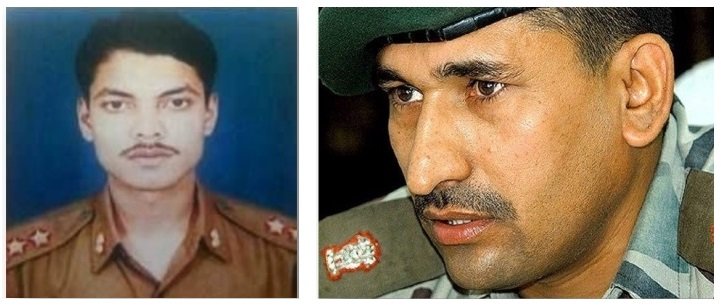
Meanwhile, Captain Sachin Nimbalkar led the ‘D’ Company assault from the east. His company had to negotiate steep escarpment using mountaineering equipment, despite the darkness and the inclement weather.
His approach took the enemy by surprise. After some firefighting, ‘D’ Company was successful in occupying the eastern portion of Area Collar, which lay within 100 meters of Tiger Hill Top.
On another front, ‘C’ Company and Ghatak (Commando) platoon under Lieutenant Balwan Singh also surprised the enemy, this time along the difficult northeastern spur and obtained a toehold just 30 meters from the top.
At 0400 hours on 4 July, after a carefully orchestrated artillery bombardment, Sachin Nimbalkar and Balwan Singh along with their men approached Tiger Hill Top by climbing a sheer cliff and caught the enemy unawares. After a spell of hand-to-hand fighting, they succeeded in capturing the objective. Although 18 Grenadiers held the top now, linking up with them was not easy. When the initial surprise wore off, the enemy started gearing up for launching counterattacks.


One of the most difficult tasks during the course of a battle is to maintain one’s hold on the ground captured, before the next assault can be launched. Throughout the next morning artillery duels continued. Casualties mounted on both sides. The Grenadiers
hung on to their precarious perch with grit and determination. Grenadier Yogendra Singh Yadav and his team members exhibited exceptional courage during this assault.

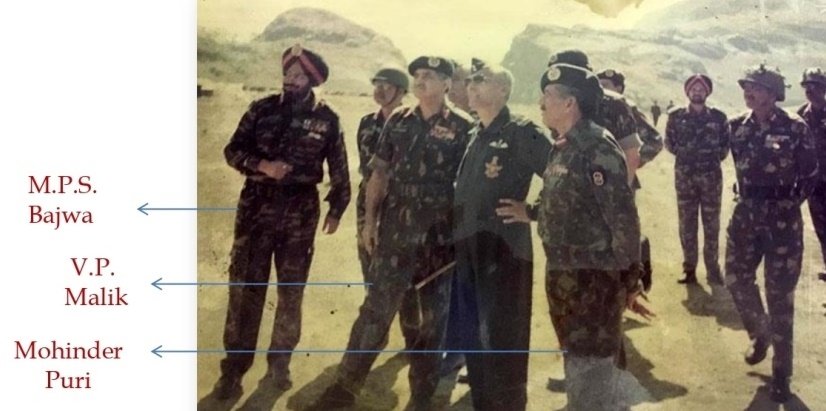
At this stage, 8 Mount Division realized that it would not be possible to evict the enemy from Tiger Hill completely as long as his supply lines along the western spur were intact. Mohinder Puri and M.P.S. Bajwa then issued orders to 8 Sikh to attack and capture Helmet and India Gate (both located on the western spur) so that enemy reinforcements to Tiger Hill Top could be prevented. The move was also intended to cut off the enemy’s supply route.


The western spur of Tiger Hill extended up to 1.5 kilometers the approach to the spur, where 8 Sikh was deployed, lay along a steep rock face. An adhoc column of 8 Sikh, led by Major Ravindra Singh and lieutenant R. K. Sehrawat, comprising four JCOs and fifty-two soldiers, climbed this rock face under poor visibility conditions and was able to capture India Gate after a tough fight. In this battle, Subedar Nirmal Singh led the assault platoon. He was engaged in hand-to-hand-fighting till the end and was also responsible for beating back a counterattack.
Despite heavy casualties, 8 Sikh exploited its success up to Helmet and captured this objective on 5 July.

The enemy launched two counterattacks with forty to fifty personnel, but 8 Sikh fought gallantly and was able to repulse them. Naib Subedar Karnail Singh and Rifleman Satpal Singh, who were part of a platoon deployed on the reverse slope of Helmet, showed exceptional courage. In one of these counterattacks, Captain Karnal Sher Khan of the Pakistan Army was killed. His body was subsequently handed over to the Pakistani authorities. Other bodies of the Pakistani soldiers found scattered around the battleground were collected and buried appropriately.
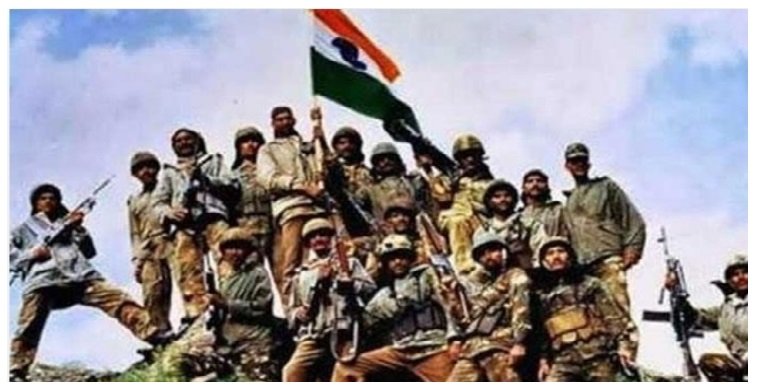
In New Delhi, I had remained anxious all through the night of 3 July. The next morning, Krishan Pal, GOC 15 Corps, rang up at 0600 hours to inform me that 18 Grenadiers had captured Tiger Hill Top and also that heavy fighting was going on. After consulting him and Nirmal Chander Vij, we decided to await confirmation from the GOC 8 Mountain Division. At 0730 hours, Mohinder Puri confirmed to me that the enemy would not be able to dislodge 18 Grenadiers from Tiger Hill Top. I duly informed Brajesh Mishra and the Prime Minister, who was scheduled to address a public meeting in Haryana at 1000 hours. The Defense Minister was on his way to Amritsar. When he landed at the airport, I gave him this exciting news.
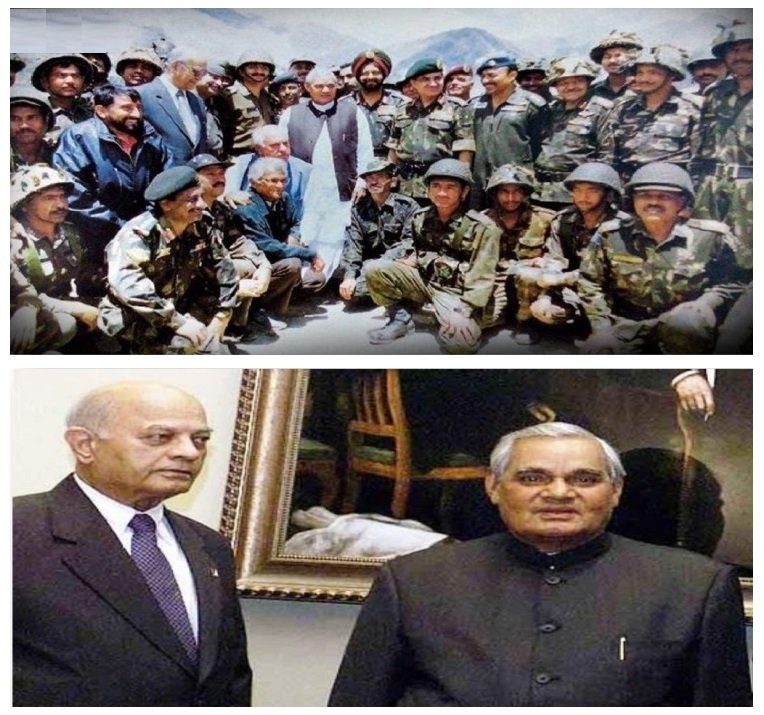

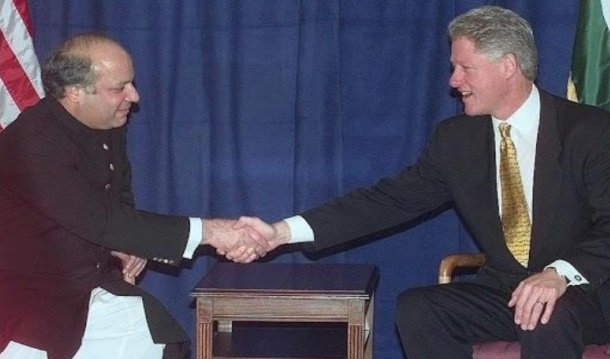
The date, 4 July 1999, was important for one more reason. Nawaz Sharif was due to meet the US President, Bill Clinton, later in the day. About ten to fifteen hours before their meeting, we made sure that the whole world came to know about the recapture of Tiger Hill, and thus the likely outcome of the war. For some time, Pakistan even denied the existence of such mountain feature and labelled the entire operation as a figment of our imagination; the loss of Tiger Hill was a hard physical and psychological blow. In India, wave of jubilation and relief replaced the gloomy mood of the people.

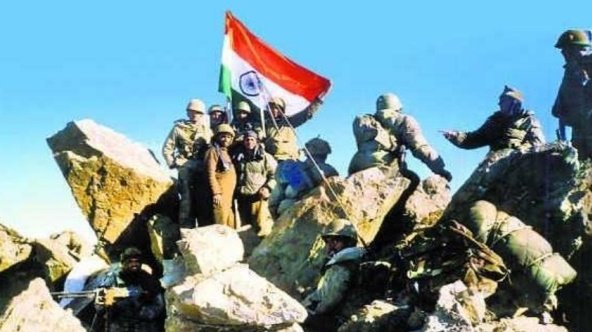
On 8 July, after the entire Tiger Hill objective had been cleared and the situation stablilized, 18 Grenadiers hoisted the Indian tricolour on Tiger Hill Top. Throughout its tenure in the nearly two-month long war, the battalion acquitted itself with high professionalism and honour. Displaying unshakeable determination and collective valour, all its members covered themselves with glory and notched up two of the finest victories for the Indian Army. After the war, as the battalion requested a UN mission, Army Headquarters sent it to Sierra Leone (West Africa). There too, the battalion successfully carried out a major rescue operation (Operation Khukri).


also see
1.2 ON TO THE SUMMIT: WE REACH THE TOP- Pictorial Presentation
2.1 CHERRY TREE- Pictorial Presentation
2.2 THE SOWER- Pictorial Presentation
2.3 THERE IS ANOTHER SKY- Pictorial Presentation
2.4 UPON THE WESTMINSTER BRIDGE- Pictorial Presentation

























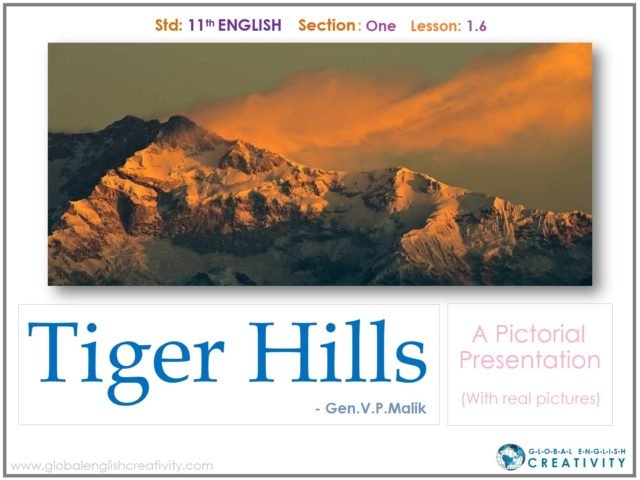














Very innovative way of teaching.
Hard earned ,meticulously assembled and that too at the students level of understanding.Feel proud of you.Do continue this saga of benevolence.Thanks ! wish you a very happy & prosperous 2021!
Superb presentation,Dipak Sir.
Hats off to you.